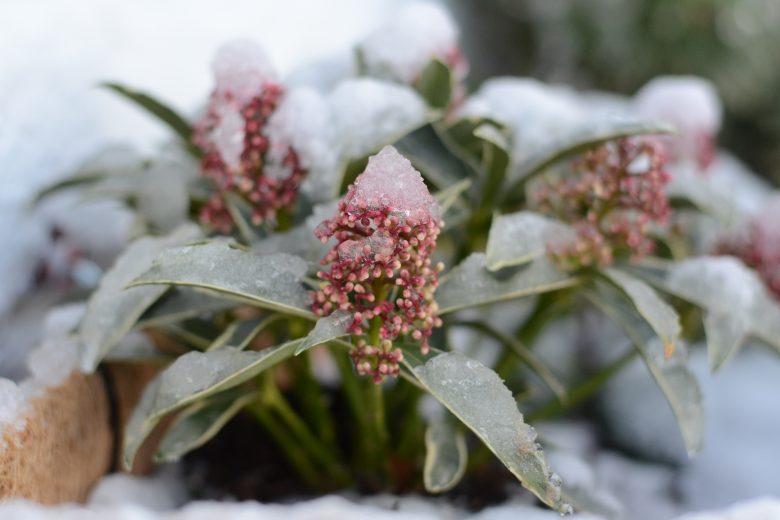
December 2025: Gardening Tips and What to Plant
Happy December and Merry Christmas to those who celebrate – oh and a happy new year!...
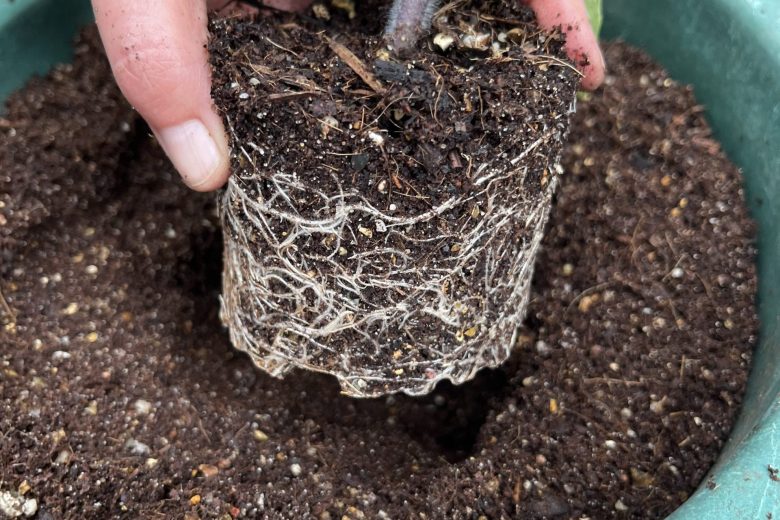
Transitioning to Peat Free Gardening
The sale of peat is being banned for gardeners across the UK. Click here for more information...
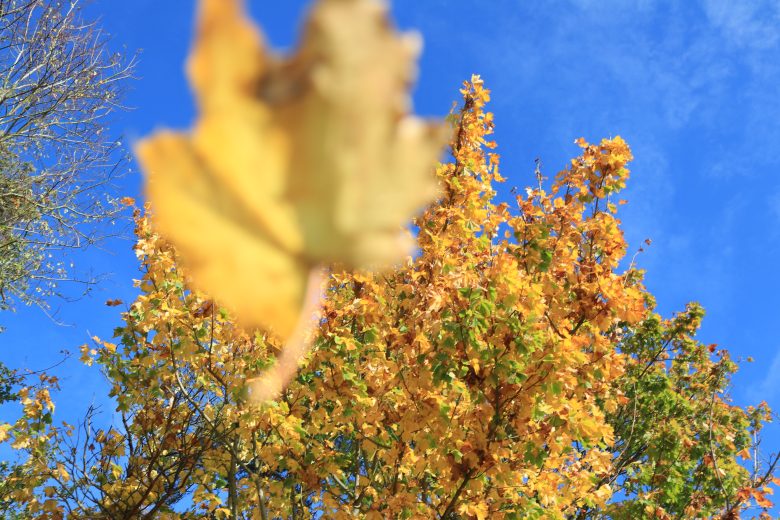
November 2025: Gardening Tips and What to Plant
Its November – nearly the end of the year but only the start of Winter 🙁 We had a...
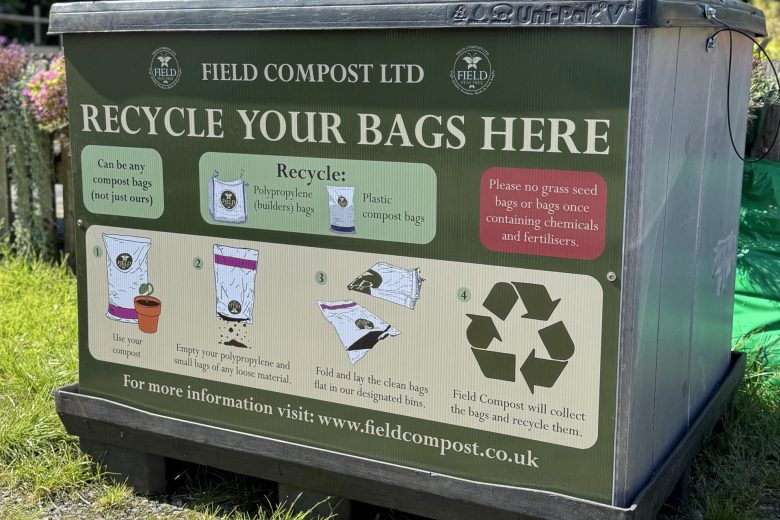
Our Plastic Bag Recycle Scheme is here!
You can now recycle your bags with us! After a year of prep, our new plastic bag recycle scheme...
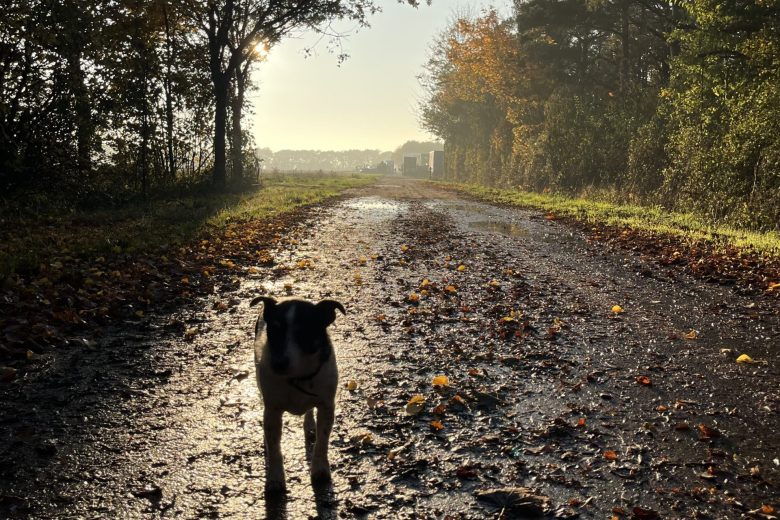
October 2025: Gardening Tips and What to Plant
Hello October! We hope you had a good September and are adjusting to the drop in temperature...

We have a brand new website – here’s a tour!
Read here to learn more about our new website and the exciting features we have added for 2025....
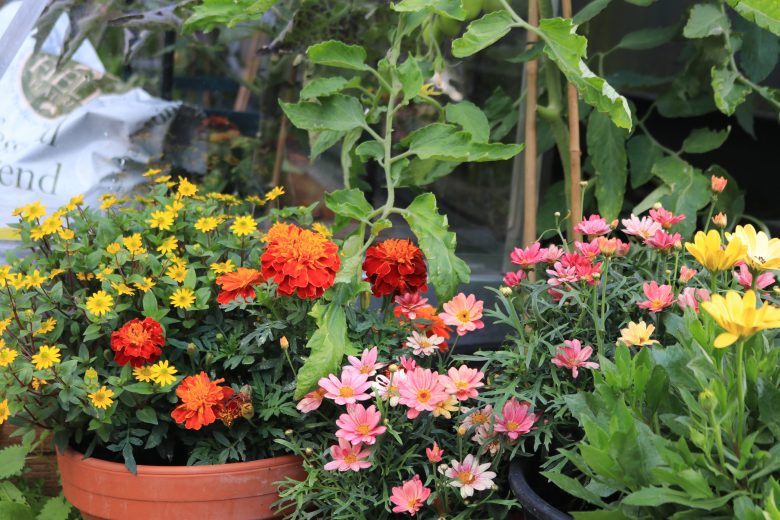
September 2025: Gardening Tips and What to Plant
Hello September! We hope everyone had a great August or summer hols with the kids! We ended our...
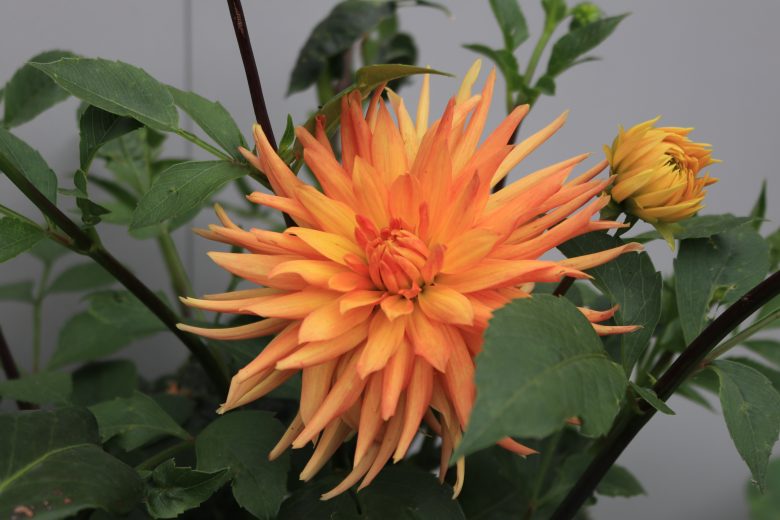
August Gardening: Tips and What to Plant
Happy August! We hope everyone is having a great summer so far – we also hope you like...
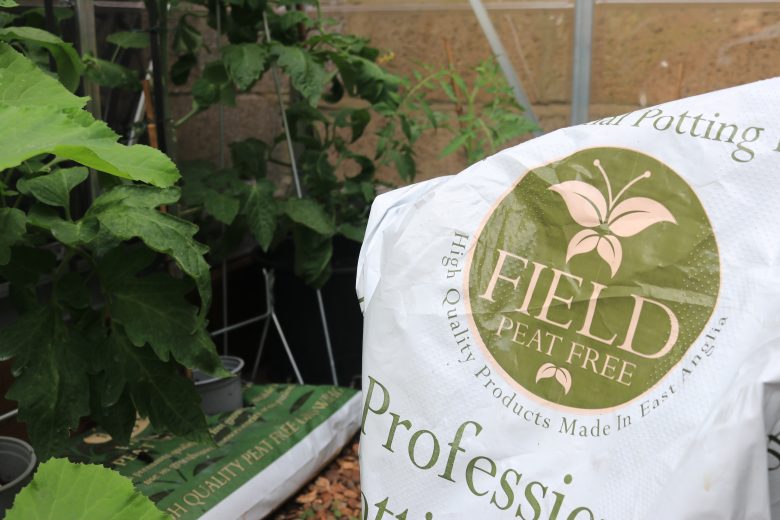
On the 27th of August 2022, the UK Government announced that the sale of horticultural peat to...
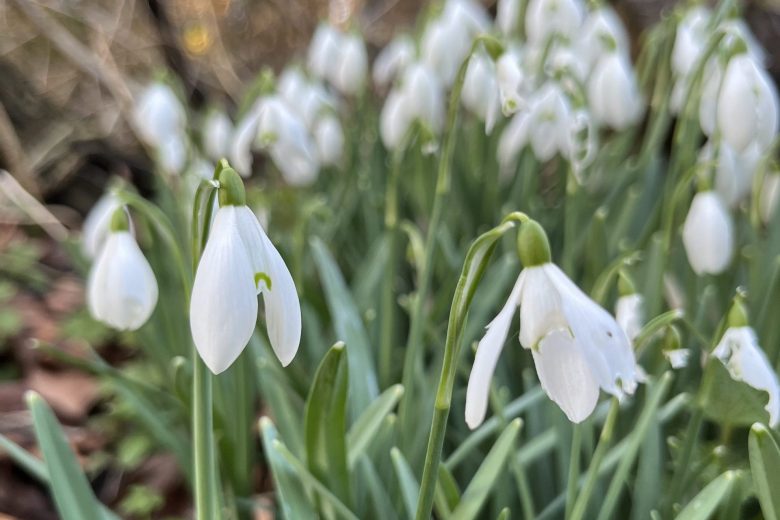
February Gardening 2025: Tips and What to Plant
Its February, and the end of winter is in sight; have you seen any snowdrops popping up? Do you...
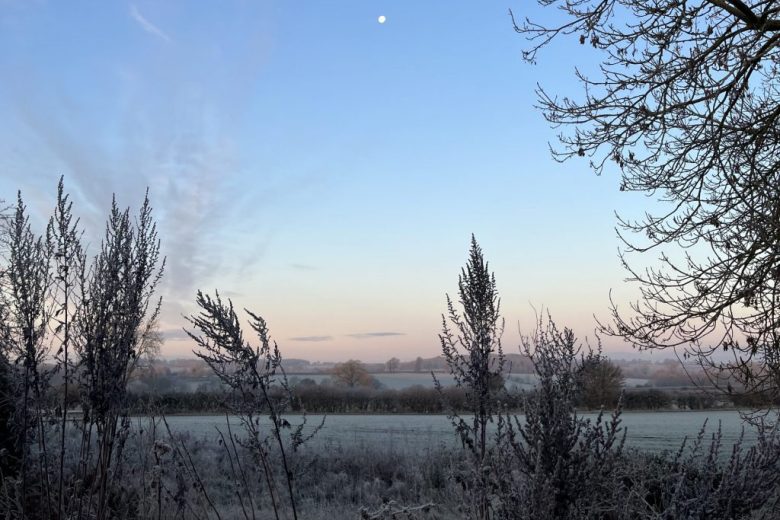
January Gardening: Tips and What to Plant
Happy New Year! We hope that you have had a wonderful Christmas and time off from work! If you...
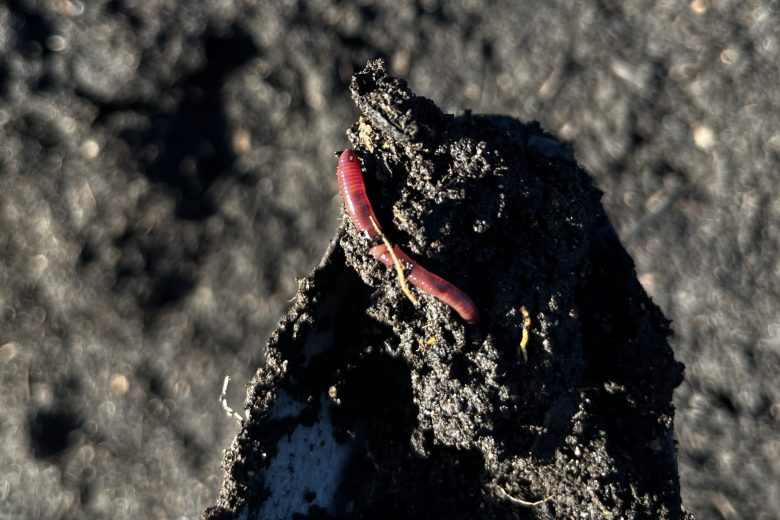
Earthworms: Why you should be glad to see them!
Earthworms are a common sight for those with a fishing rod or a garden. Indigenous to Europe,...